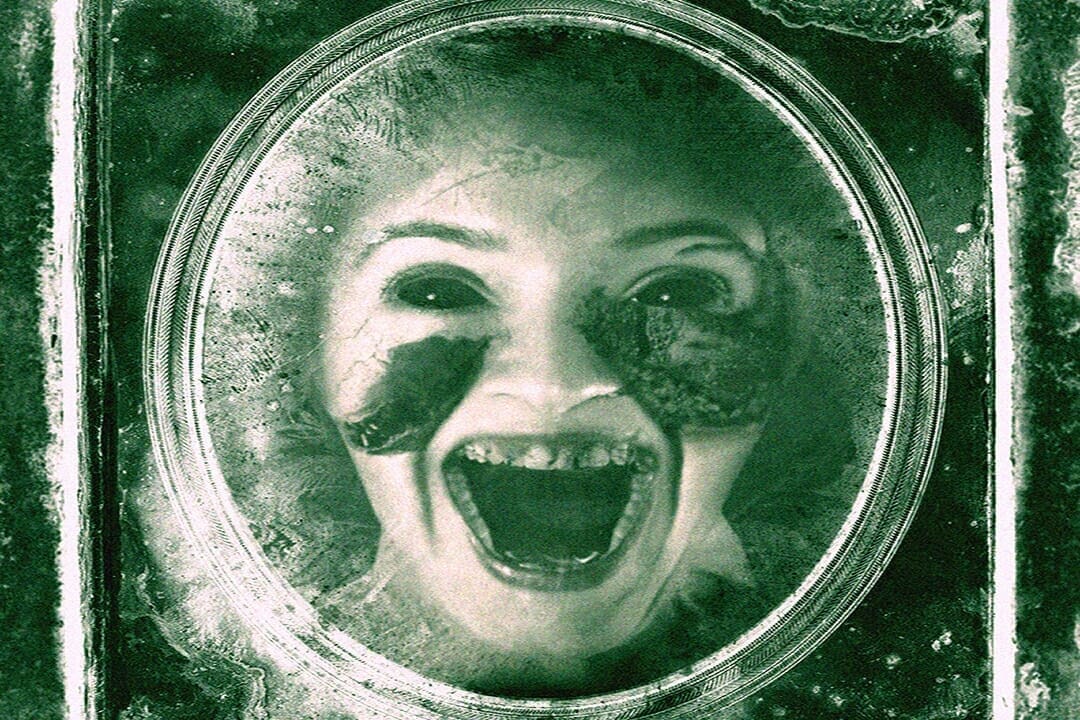
Since time immemorial, we’ve “seen” ghosts. Whether it’s a disembodied voice whispering in the night, the classic lady in white drifting through walls, or even a candle flickering in a room with a closed window, art and culture have made these uncanny episodes as familiar to us as they are to the mystics and psychics who claim to regularly experience them.
Maybe they’ve become so indelible for the collective psyche because they represent so much: a warning, the presence of a departed loved one, associations with horror and fear, musings about the afterlife. With a developed, self-aware mind that’s evolved to the task of pursuing and attributing meaning, it’s no wonder we’ve loaded ghosts with millennia of spiritual overtones. But maybe these ghosts haven’t entirely broken their bonds with this life, after all.
On the surface, ghosts don’t seem to have much to do with “phantom limb syndrome” but research suggests a strong link. The clue might be in the name — where phantom limb refers to a body part that doesn’t exist, a phantom apparition might similarly be an image conjured up in our minds.
When The Mind Forgets The Body
Our journey starts with a mental construct called the “body schema” — your constant, unconscious narrative about your body’s relationship to everything around it. Sound and vision, gravity, your nervous system’s response to the environment, the tiny channels of liquid in your ears telling you that you’re standing upright, along with countless of other physical properties whose combination gives us what feels like an unshakable sense of where we are in relation to the world and everything in it.
But changes in neurology, caused by anything from brain lesions to extreme emotional states, can make our body schema go wrong with surprising (and scary) ease. “Disruption of our networks’ patterns of activity can create sensations of being separated from your own body, perceiving the body from ‘outside,’ and shifts in perception of place and time,” says neuroscientist and neuroethicist Dr. James Giordano, professor of neurology at Georgetown University Medical Center, Washington, D.C.
Simple manifestations of such phenomena might be a feeling of déjà vu, or the lesser-known jamais vu wherein we experience something we recognize but which still seems unfamiliar.
So researchers wondered if we might bring about ghost sightings — or similar experiences — by taking experiments that have successfully treated people with body schema problems (such as those who experience pain or discomfort in a body part that doesn’t any longer exist) and going a step further.
In order to generate a “whole of body” illusion, researchers at Ecole Polytechnique Federale in Lausanne, Switzerland, put virtual reality goggles on subjects standing in an empty room. An image of themselves standing six feet ahead was projected into the goggles, and their backs were stroked with a pointed stick at the same time they perceived their virtual self being touched. When the real and virtual touching was synchronized, the subjects reported the sensation of being momentarily in the projected body. A similar experiment using a mannequin dressed in identical outfits as the subjects resulted in the sense of the self being projected onto the mannequin.
Experiments by a neuroscientist at University College London involved projecting an image of the participating subjects into video goggles from two cameras placed six feet behind them. Using similar touching patterns to those described above, the subjects felt they were looking at their own bodies from six feet away, their corporeal self as if disconnected from their physical body.
The Decoupled Mind
But what does this tell us about seeing ghosts? As Dr. Peter Brugger, a neuroscientist at University Hospital Zurich explains: “Normal brains can easily be duped about the source of an action at a distance, that they themselves have the agency over actions.”
There’s also a direct terminological leap from phantom limb to bigger body schema concepts that could incorporate ghosts. “Phantom limb was frequently described as ‘ghost limb,’” Brugger tells Brain World. “The term ‘phantom body’ was in fact introduced to depict ghostly phenomena as phantom limb-style phenomena.”
“The difficulty is that you’re never ‘amputated’ from the whole body, but there are neurological diseases in which such an ‘amputation’ occurs at the highest level of body representation. The consequence is a split between the physical body and its representation, giving rise to many doppelganger [other self] and ghost phenomena.”
Such phenomena can arise when the localization of your body in space is projected somewhere else and no longer matches the physical location of your body. “The experience of a doppelganger has been the most thoroughly and convincingly studied in the ‘projection of body schema’ context,” says Brugger.
Giordano adds that because we’re spiritual animals, we often interpret such phenomena through emotional lenses. “These [phenomena] can assume spiritually emotional content or be interpreted as ‘supernatural’ for some people,” he says. “It’s not unusual for people grieving to report they’ve heard or even seen a loved one who’s recently died while falling asleep or drifting out of sleep.”
We’re also not limited to a single projected body schema just because we’re limited to one physical body. Brugger reminds us that ghosts are sometimes experienced as more than just singular entities. If a haunted house contains a piercing scream, sounds of footsteps making their way along a dark hallway, or a skeletal figure draped in rags limping across the ground, these various sensations could be a multiplication of the body schema — just like multiple voices tormenting a schizophrenic all belong to a single sufferer.








